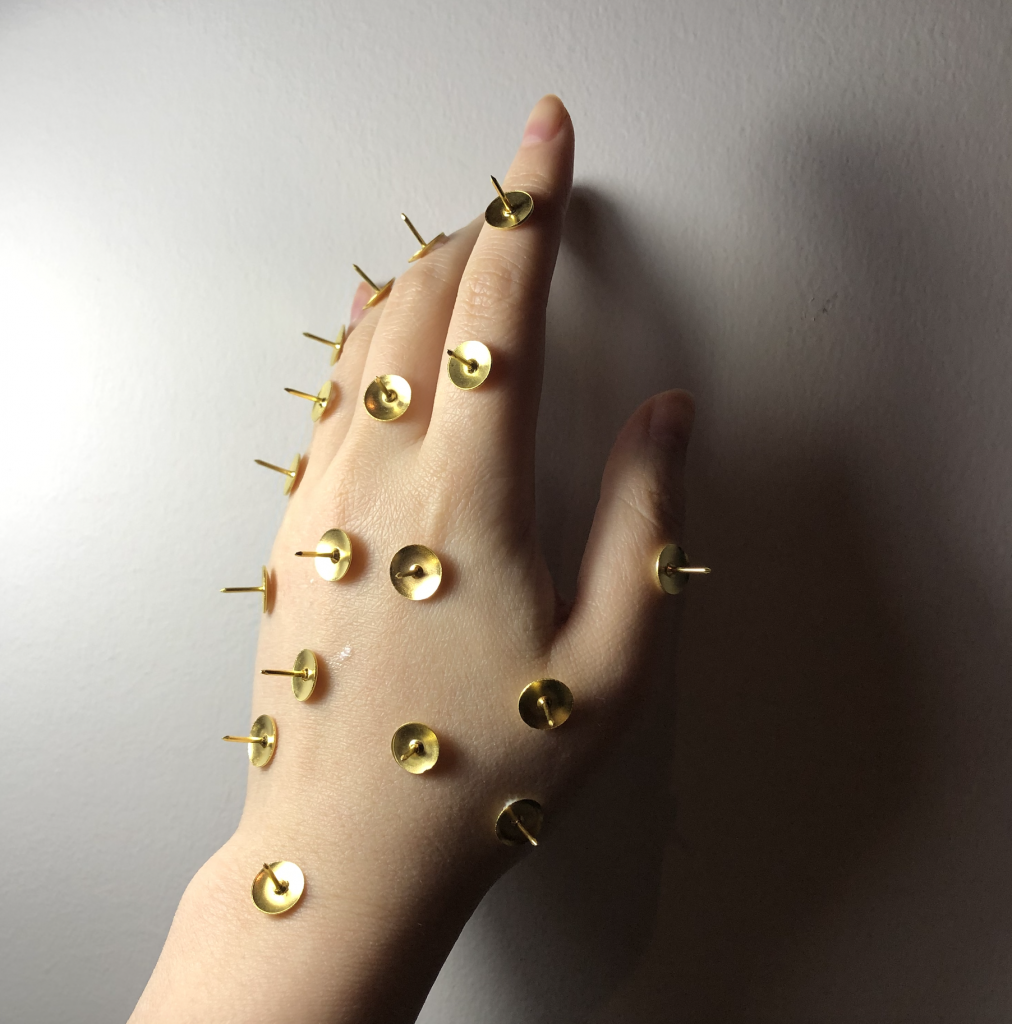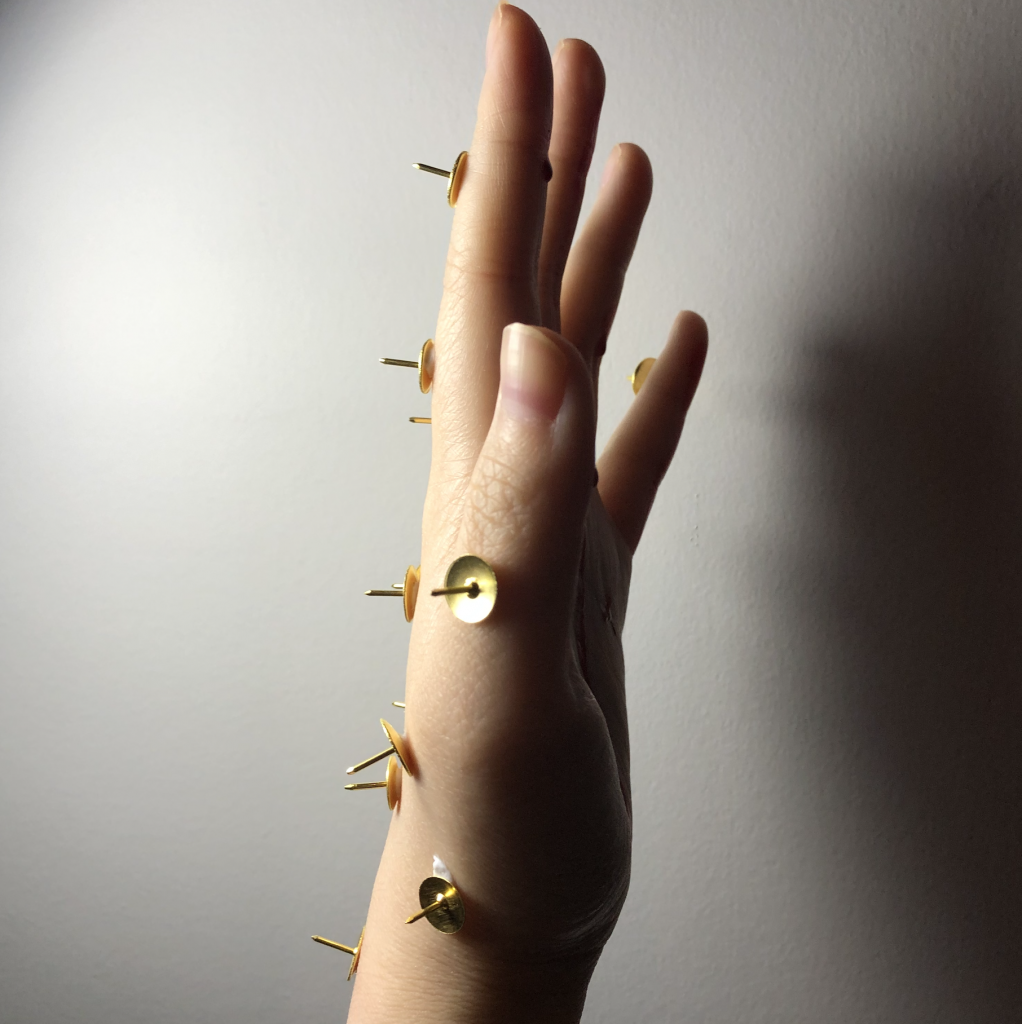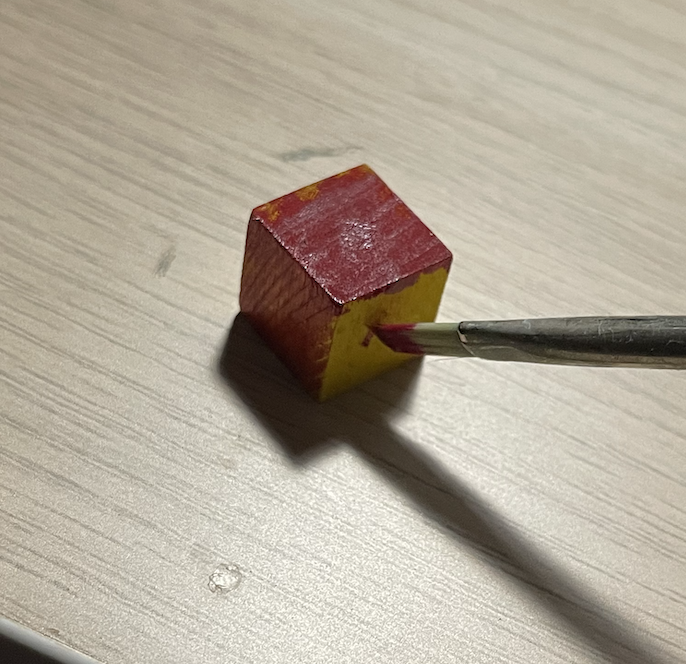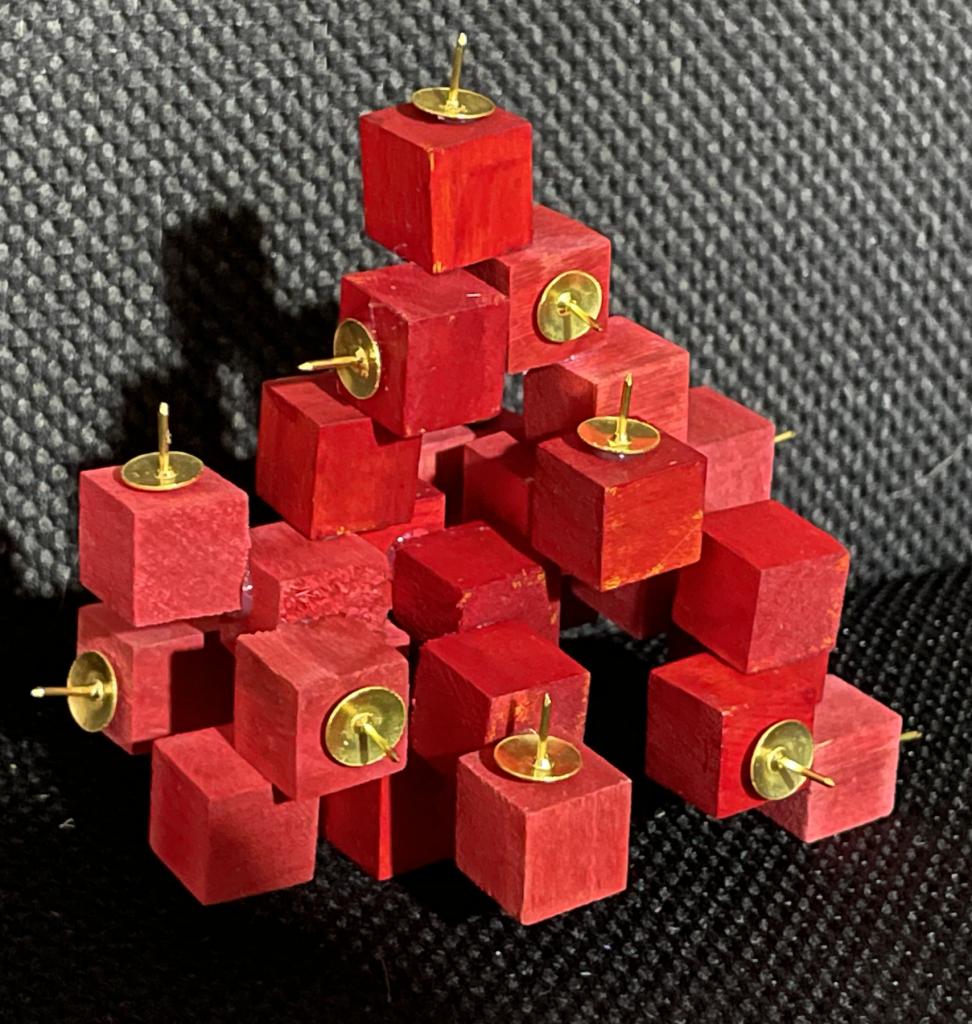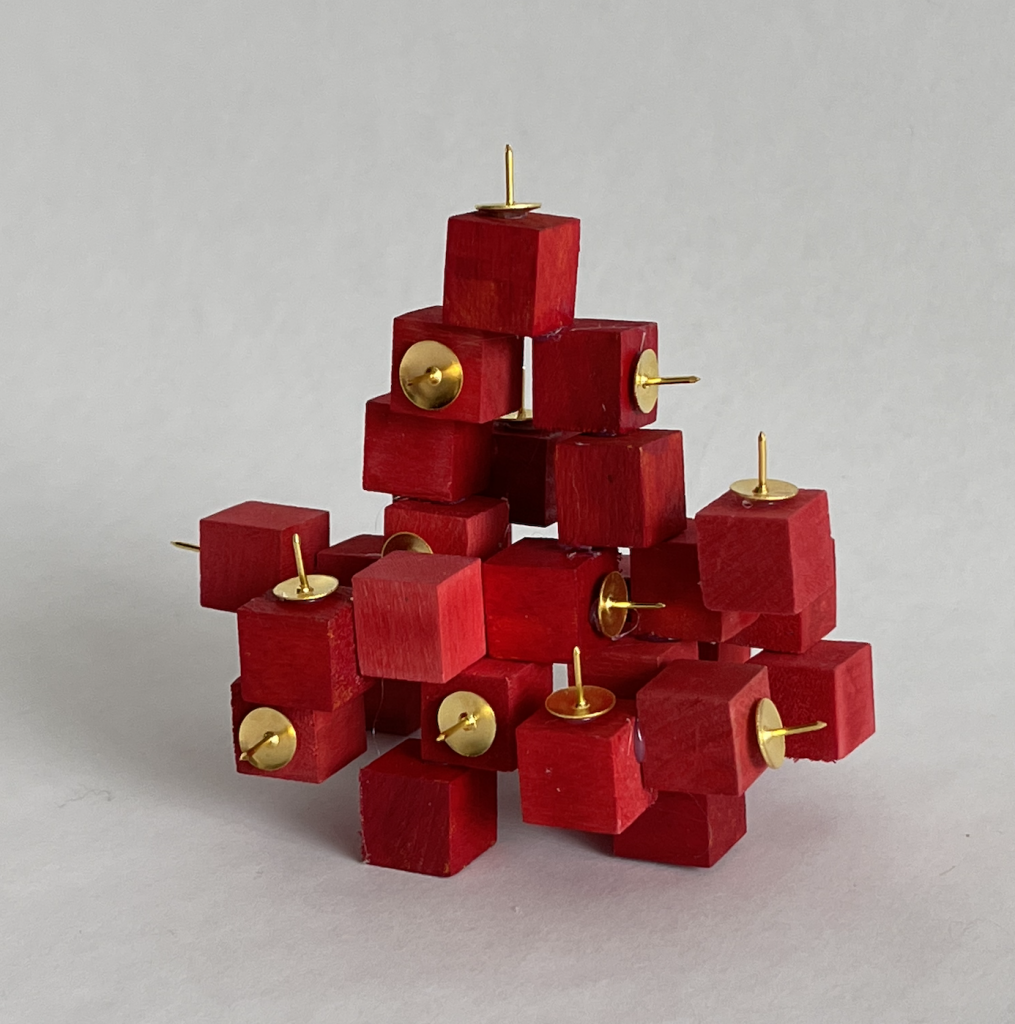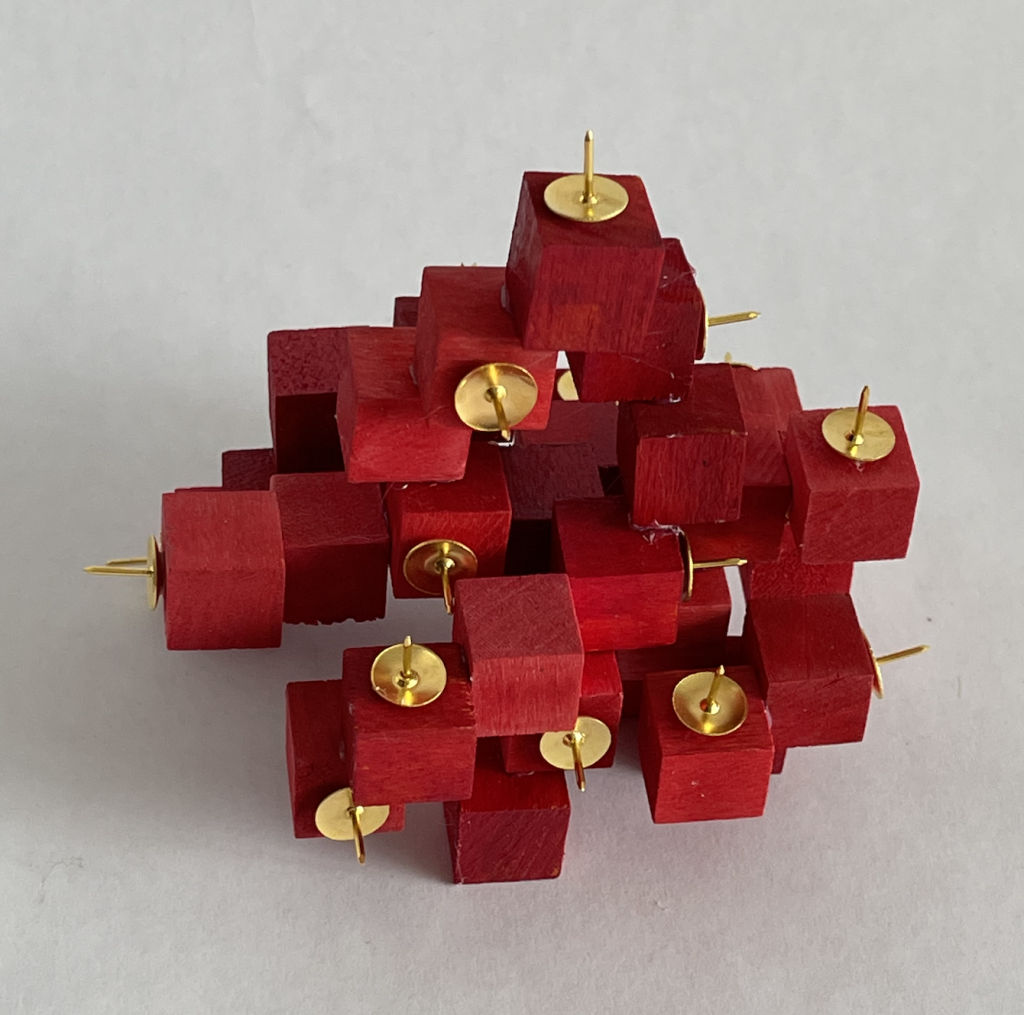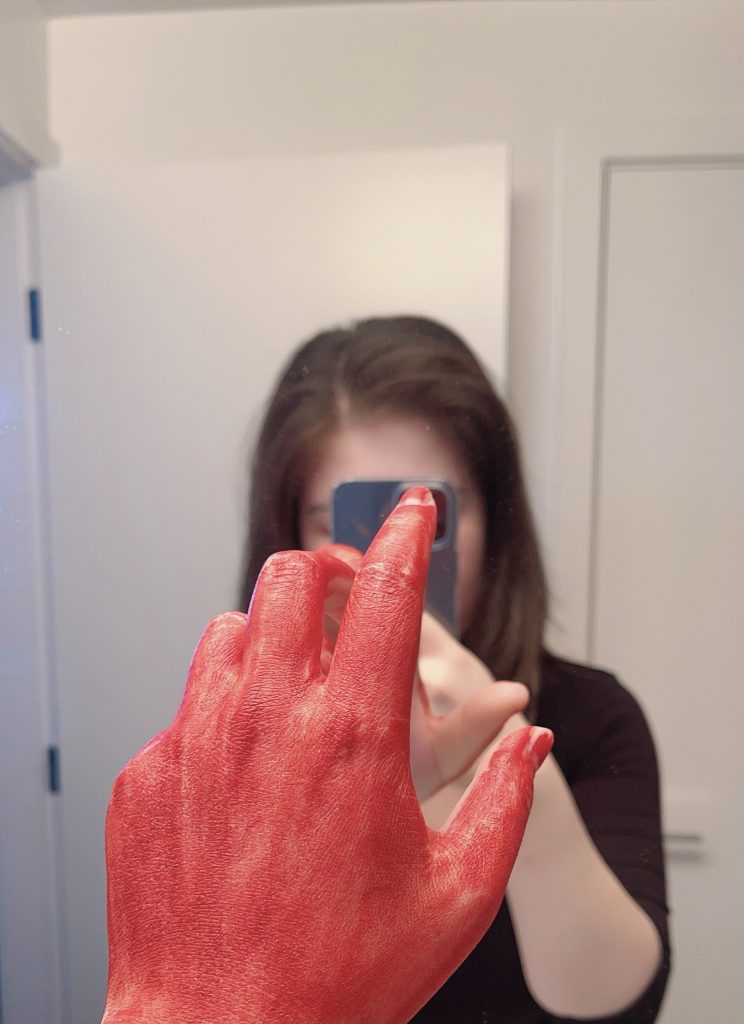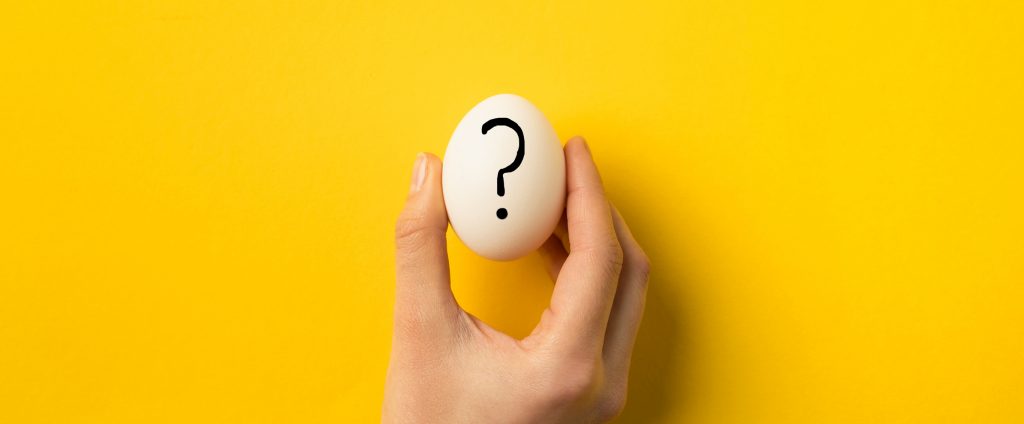
Design is conditional. Under different contexts (time, space, culture, religion, user, etc.) it shows different roles. It’s hard to say whether the design is good or bad, but being dialectical while looking at these topics would help construct our thinking before we start designing. Most human activities were made by hand, including design. Seeing from different points of view shows dramatic changes. Gillian said we are designing for situations, and having the blueprint of the whole picture and potential harms is important for designers. People ‘living’ on the back of the hand never see the palm bleeding.
There are so many sustainable projects happening nowadays, but only fewer people actually know the truth. For instance, there was a piece of news I saw 2 or 3 years ago, people living in a developed or some developing country normally donates their old clothes once in a while, but where do those clothes actually go? Some people are taking huge advantage of this, and reselling these ‘free’ clothes to Africa in order to get more profit. Cutting a hundred years old tree from South America and made that into a piece of furniture is not showing real sustainability, there is a lot more information hidden behind the scene.
A hand only has two side, the world is much complicated than two side. A cube has six sides, and human society works as clusters which I was trying to represents in this small project. The color red is very conspicuous, and it usually shows as a warning sign. I would like to use that as a set of study and see the ‘dangerous’ way of those daily products.

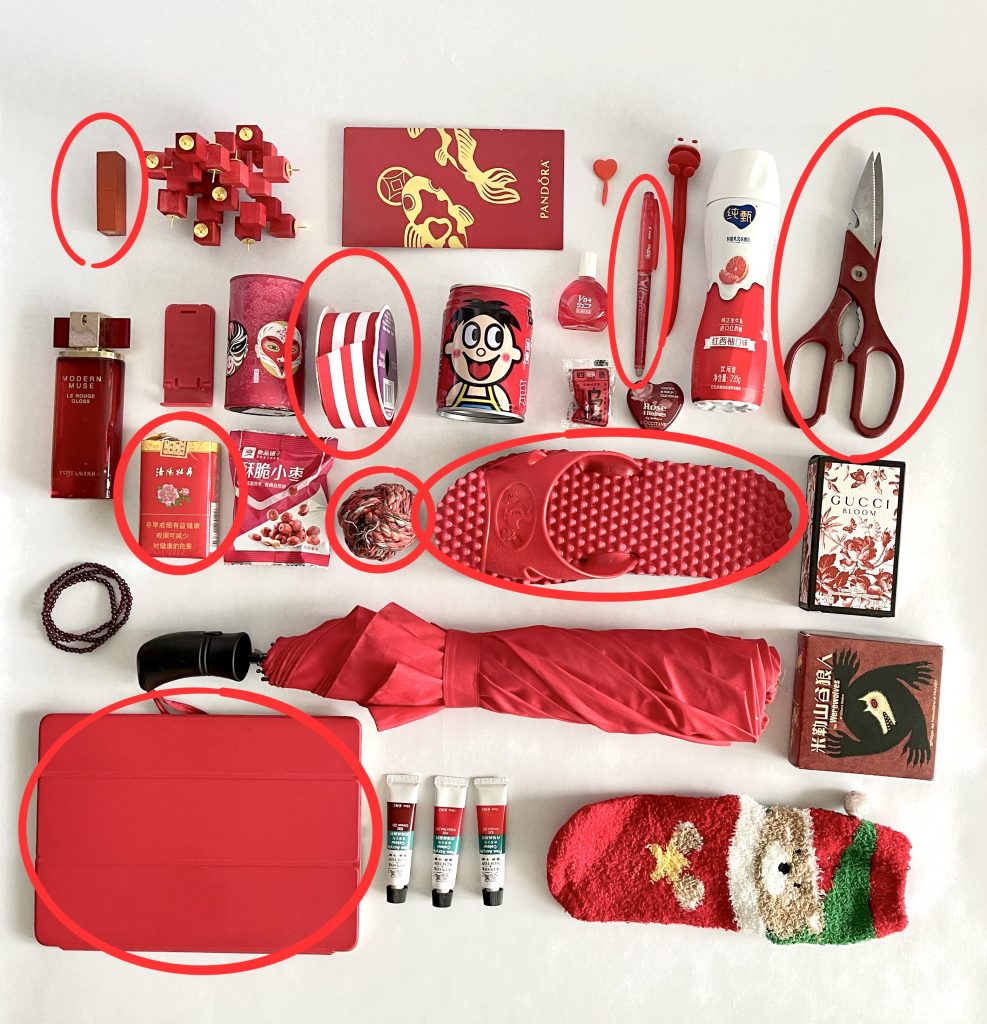
List of potential harms in daily ‘red’ products: domestic violence, cyber violence, physical violence, campus violence, cancer generator, cosmetic poision, food safety, financial pressure, moral kidnapping, fast fashion, social fear, etc.
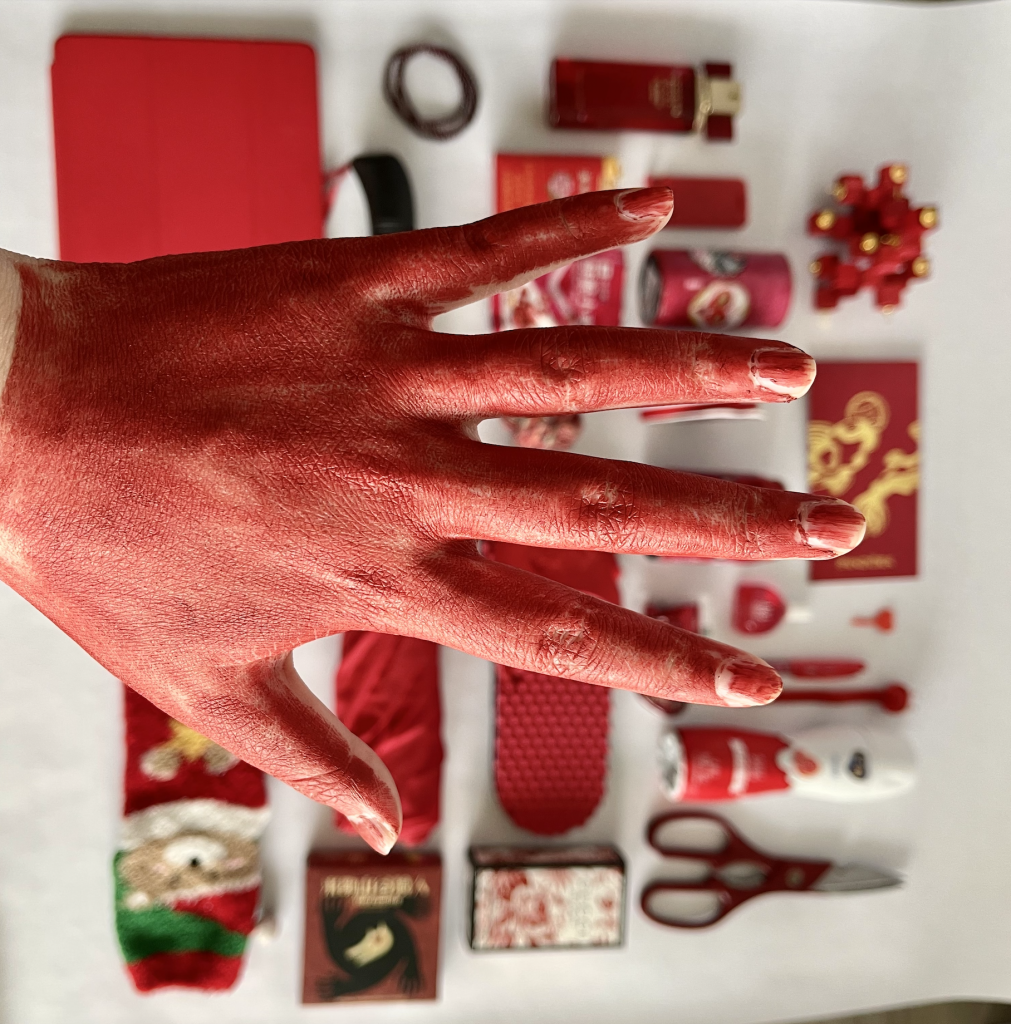
Life is like a mirror, we never know how the world in the mirror actually works.

